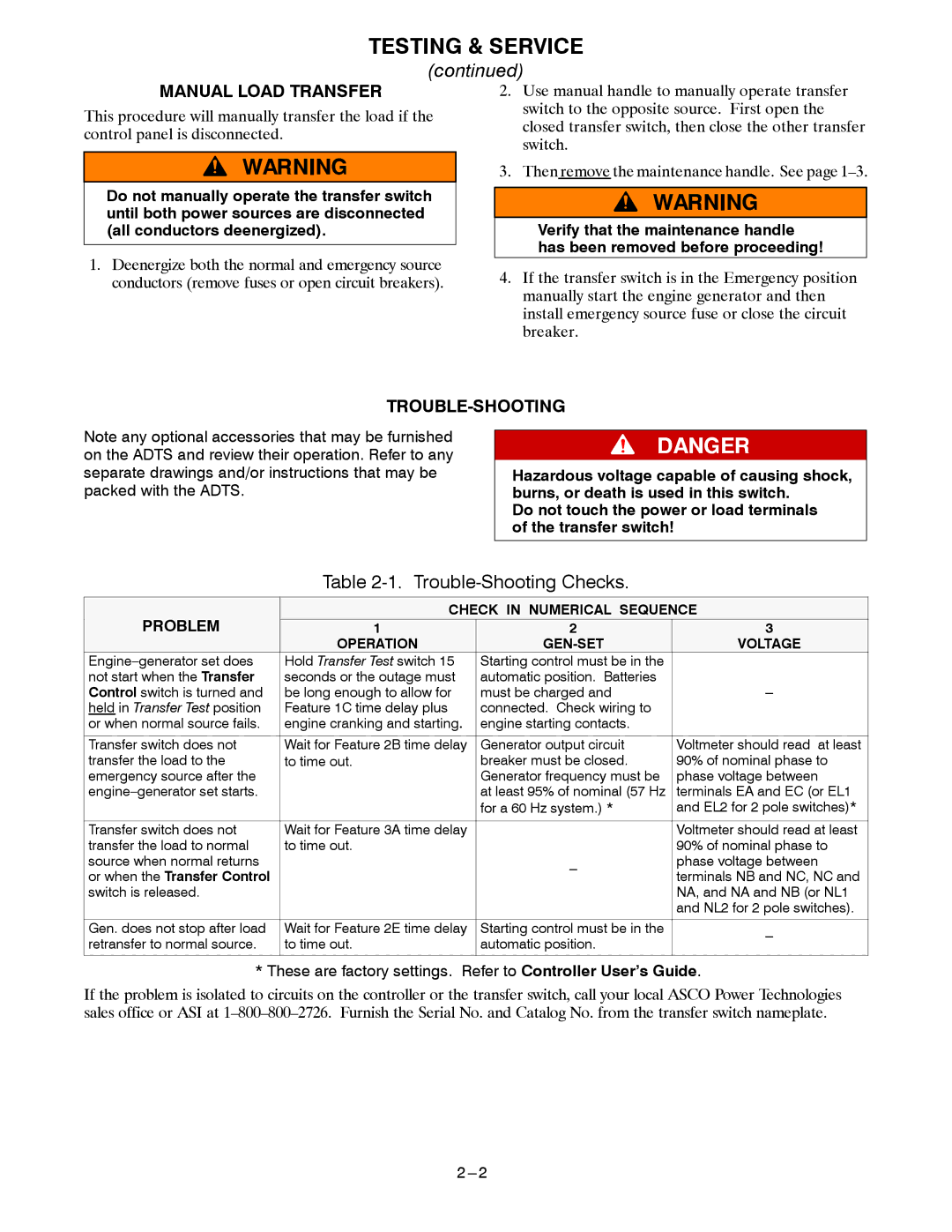FDESIGN 600800A, FDESIGN 30004000A, GDESIGN 10004000A specifications
Emerson's range of products, specifically the GDESIGN 10004000A, FDESIGN 600800A, and FDESIGN 30004000A, showcase the company's commitment to innovation and excellence in design and engineering. Each model presents unique features and technologies tailored to meet the demands of modern industrial applications.The GDESIGN 10004000A is renowned for its robust performance in automation processes. This model boasts a user-friendly interface complemented by advanced connectivity options, including Ethernet and USB ports, facilitating seamless integration with existing systems. Equipped with intuitive software, it allows operators to configure and monitor the system effortlessly, enhancing productivity. The GDESIGN's high processing speed ensures minimal downtime and efficient task execution, making it a preferred choice for industries requiring precise control and reliability.
On the other hand, the FDESIGN 600800A focuses on energy efficiency and sustainability. This model stands out with its advanced thermal management technology, optimizing heat dissipation while minimizing energy consumption. The FDESIGN 600800A also features a modular design, enabling easy upgrades and maintenance. Its compatibility with various sensors and controllers facilitates comprehensive monitoring of environmental conditions, making it ideal for applications where energy conservation is paramount.
Lastly, the FDESIGN 30004000A integrates cutting-edge automation technologies designed for scalability and flexibility. This model utilizes smart algorithms to enhance operational efficiency, ensuring that processes can adapt to changing production requirements without significant reconfiguration. The FDESIGN 30004000A is also equipped with real-time data analytics capabilities, allowing businesses to make informed decisions based on current system performance. This feature drives continuous improvement and optimization, empowering users to achieve their operational goals effectively.
In summary, Emerson's GDESIGN 10004000A, FDESIGN 600800A, and FDESIGN 30004000A represent the company’s dedication to delivering innovative solutions that cater to diverse industrial demands. Each model's unique features, including advanced connectivity, energy efficiency, and smart automation, position them as exceptional options for organizations seeking reliability and performance in their operations. With a focus on usability and cutting-edge technology, Emerson continues to lead the way in industrial design and engineering.

